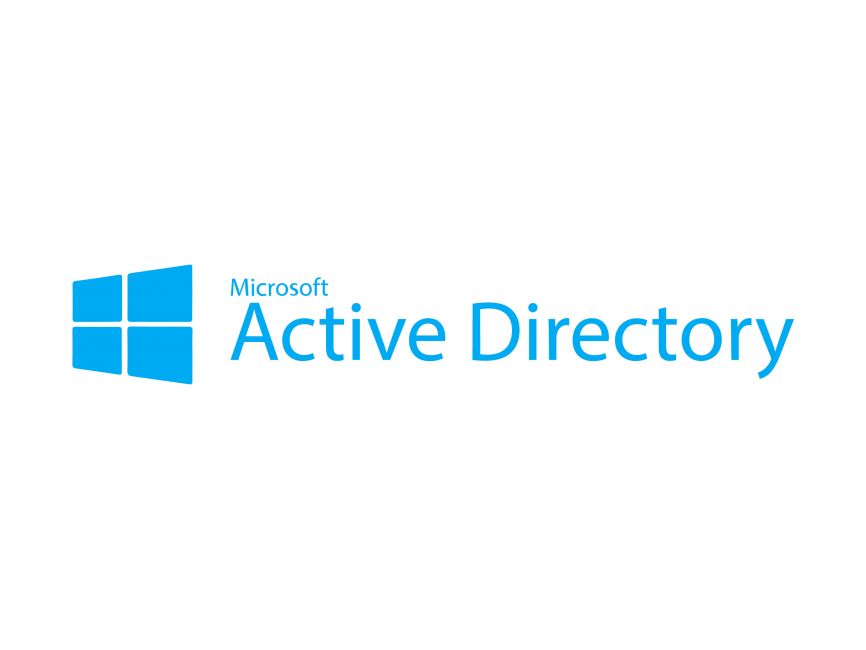Today I want to focus on a core Windows administration service, Active Directory (AD). Being an avid homelabber, I’ve spent my fair share of time building up new domains and tearing them down in order to hone my skills for the production world. Most of my knowledge has come from reading a combination of Microsoft documentation, blogs, and other support forums, so I figured it was time to give back to the community! Without further introduction, let’s talk about the foundations of Active Directory.
What is Active Directory?
Active Directory is a proprietary directory service developed by Microsoft that is used to manage network resources, including computers, users, and other network devices. It provides a centralized location to manage and authenticate users, computers, and groups in a network environment. AD is used primarily in organizations with a large number of users, computers, and other network devices. It allows administrators to manage all of these resources from a single location. This centralized management reduces administrative overhead and makes it easier to manage user accounts, network resources, and security policies.
AD has been the primary identity management solution of companies around the globe since its release in 1999. With the introduction of cloud services like Azure and Microsoft 365, Microsoft has begun to pivot their identity management to Azure Active Directory (AAD). In today’s landscape, AD can be fully on-premises, hybrid between on-premises and cloud, or cloud only. We’ll elaborate on these configurations in later blog posts.
Active directory key features
Authentication
One of the key features of Active Directory is its ability to authenticate users and computers. Authentication is the process of verifying a user’s identity and granting access to network resources. AD uses a secure authentication process called Kerberos, which provides strong encryption and prevents unauthorized access to the network.
Access Control
Active Directory also provides a comprehensive security model that includes access control lists (ACLs) and security groups. ACLs define the permissions that users and groups have to network resources, while security groups allow administrators to manage access to resources based on a user’s role or job function.
Network Resource management
Another important feature of Active Directory is its ability to manage network resources. This includes managing user accounts, computers, printers, and other network devices. AD provides a centralized location for managing all of these resources, which makes it easier to deploy software, manage updates, and configure network settings.
Management through Group Policy
Active Directory also supports group policy, which allows administrators to manage the configuration settings for all computers in a network. Group policy can be used to enforce security policies, configure software, and control user access to network resources.
Centralized management tooling
In addition to these features, Active Directory also provides a number of tools for managing and troubleshooting network issues. These include the AD Users and Computers tool, which allows administrators to manage user accounts and groups, and the AD Sites and Services tool, which can be used to manage network topology and replication.
Conclusion
In summary, Active Directory is a powerful directory service that provides a centralized location for managing users, computers, and other network resources. It provides a comprehensive security model, supports group policy, and includes tools for managing and troubleshooting network issues. If you’re an IT professional working in a large organization, Active Directory is an essential tool for managing your network. Be sure to check out Microsoft’s documentation for more details! I hope this brief overview aids those who are getting started in the world of Windows administration and helps them ask the right questions. Stay tuned for more and remember… Break it till you make it!

